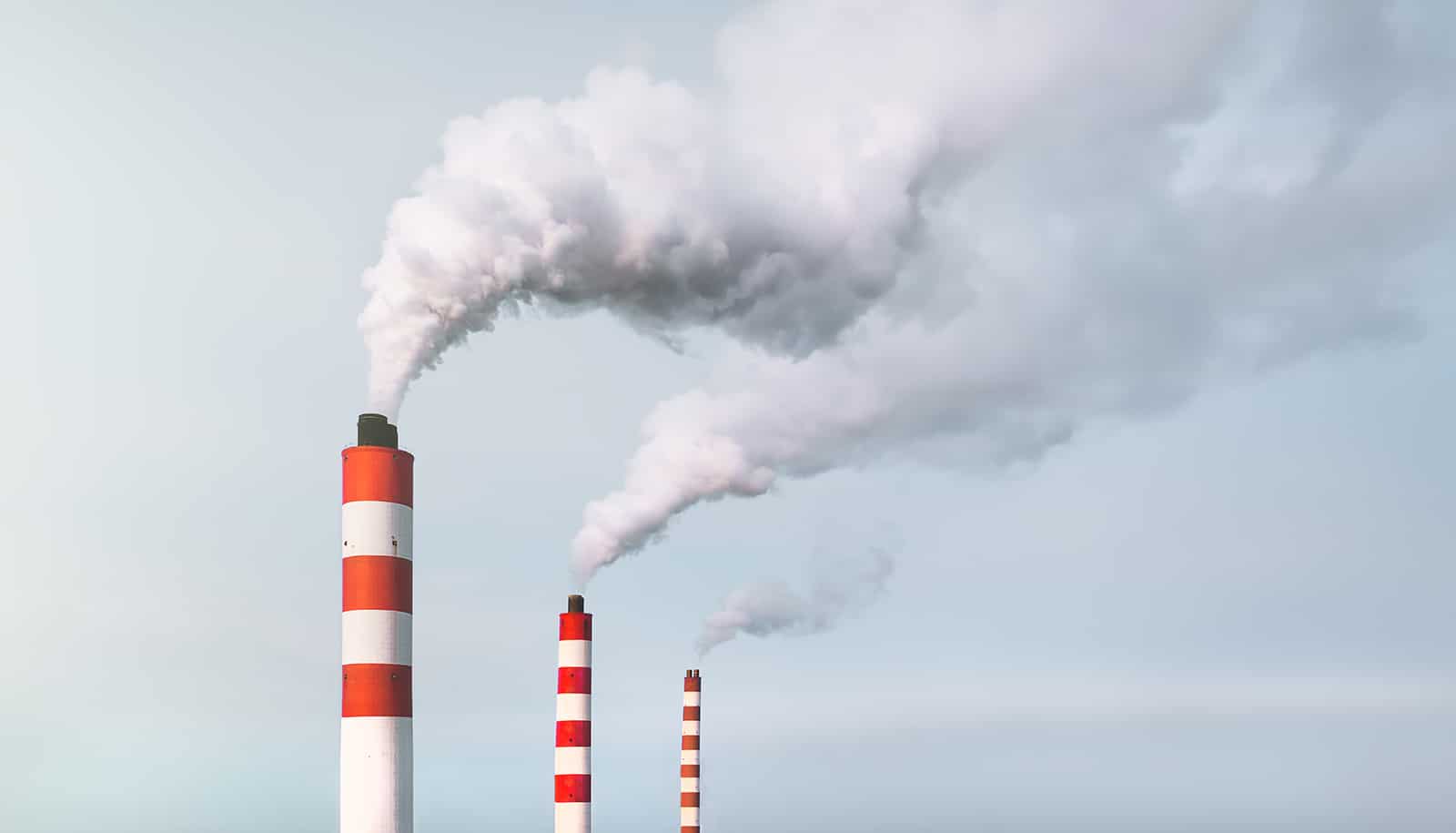Greenhouse gases were the main driver of climate throughout the warmest period of the past 66 million years, according to a new study that offers clues about the future of climate change.
Antarctica and Australia separated around the end of the Eocene (56 to 22.9 million years ago), creating a deep water passage between them and changing ocean circulation patterns.
Some researchers believe these changes were the drivers of cooling temperatures near the end of the Eocene “hothouse” period, but some think declining levels of carbon dioxide were to blame.
If the cooling had resulted from changes in ocean circulation, regions around the equator would have warmed as the polar regions cooled, shifting the distribution of heat on Earth. But changing the concentration of greenhouse gases would affect the total heat trapped in Earth’s atmosphere, causing cooling everywhere (including in the tropics).
That’s what researchers found.
“The synchronized evolution of tropical and polar temperature we reconstructed can only be explained by greenhouse gas forcing,” says Margot Cramwinckel, a PhD candidate at Utrecht University in the Netherlands and first author of the paper in Nature.
“Our findings are uniquely compatible with the hypothesis that the long-term Eocene cooling was driven by greenhouse gases. This greatly improves our understanding of the drivers behind long-term climate change, which is important in order to predict the development of future climate change.”
What’s the limit?
Climate change often has more intense effects near the poles than elsewhere on the planet, a phenomenon known as polar amplification.
The study finds that temperature change was more dramatic near the poles than in the tropics during the Eocene, even though most of the period was extremely warm, leaving little to no ice near the poles.
“Even in a largely ice-free world, the poles cooled more than the tropics as temperature dropped,” Cramwinckel says. “This indicates that greenhouse gas forcing by itself can cause polar amplification.”
The researchers had one more question about polar amplification: does it reach some sort of limit?
“Our results support the idea that polar amplification saturates out at some point in warm climates and does not continue to increase with further warming,” says coauthor Matthew Huber, a professor of earth, atmospheric and planetary sciences at Purdue University.
Surface temperature trends
As a proxy for temperature, researchers looked at membrane lipids of simple, sea-surface dwelling organisms called Thaumarchaeota that change their membrane composition as temperatures change in deep sea sediment cores drilled near the Ivory Coast.
They combined these observations with climate models to mesh together a timeline of temperature throughout the Eocene.
“The simulations took about four years of continuous computing to achieve equilibrated climate states at various carbon dioxide levels,” Huber says. “For the first time, the climate model is capable of capturing the main trends in tropical sea surface temperatures and temperature gradients across a range of climate encompassing nearly 20 million years.
The only problem is that the simulations required more carbon dioxide changes than observed, which demonstrates that this model is not sensitive enough to carbon dioxide.”
Historically, researchers have had trouble reproducing temperature gradients between the tropics and the poles throughout the Eocene. The new climate models are capable of overcoming most of the issues faced by past models, scientists say.
Shells say tropics once got hot enough to kill
Researchers from Utrecht University, Purdue, the University of Padova, the University of Southampton, the University of Bremen, and the Royal Netherlands Institute for Sea Research collaborated on the study.
The research took place under the program of the Netherlands Earth System Science Centre and had financial support from the Dutch Ministry of Education, Culture and Science; the Netherlands Organisation for Scientific Research; and the National Science Foundation.
Source: Purdue University



